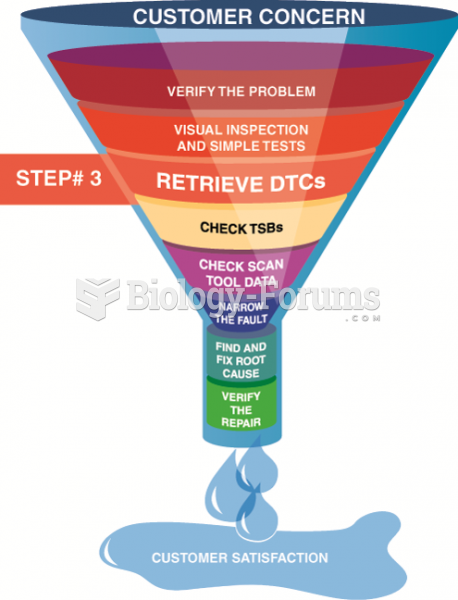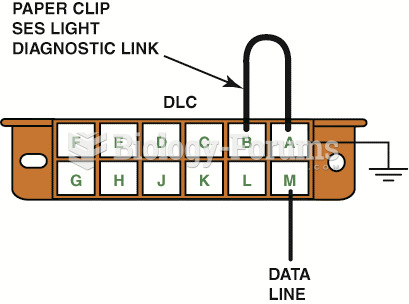Code the following physician encounters using ICD-9-CM, ICD-10-CM, and CPT. Sequence the codes in the correct order. Assign any needed modifiers.
URGENT CARE VISIT
PATIENT: RUTHOFFICE
RECORD NUMBER: 06-68-23
DATE OF SERVICE: 04-26-XX
PHYSICIAN: DR. KIM, M. D.
HISTORY OF PRESENT ILLNESS: This 66-year-old female established patient presents to the urgent care with complaints of epigastric and chest pain. The patient has felt sick in general today, she has suspected coronary artery disease. She has also had a headache, been nauseated and has had some shortness of breath and dizziness. Patient's husband died about a week ago. ALLERGIES: Codeine, morphine and compazine.CURRENT MEDICATIONS: Cardizem 60 tid, Xanax 0. 25mg prn, Premarin 0. 3 and Proloid 0. 15mg Lasix prn. PREVIOUS ILLNESS: Kidney stones in 1989.
SUBJECTIVE: PHYSICALEXAMINATION: Alert and cooperative. Patient is afebrile, pulse73, respiration 20, blood pressure 196/84. HEENT: Noncontributory. NECK: Supple. SKIN: Normal for age. LUNGS: Clear. HEART: Regular rhythm. ABDOMEN: Tender in the high epigastrium, no guarding or rebound. Bowel tones are present. The abdomen is soft. EXTREMITIES: No edema. EKG: Poor R wave progression precordial leads; no acute changes. No ectopies, sinus rhythm.
IMPRESSION: Chest and epigastric pain. Consider the possibility of a cardiac origin. Also, consider peptic origin.
PLAN: The patient was advised to proceed to the local emergency department for evaluation of her chest pain with consideration that pain is cardiac in origin. Patient's husband stated that since the local hospital was only 2 miles that he would drive the patient immediately there. The patient was stable and not experiencing any chest pain at the time and refused ambulance.
ICD-9-CM diagnosis code(s): _____________________
ICD-10-CM diagnosis code(s): _____________________
CPT code(s) with modifier, if applicable: _____________________







